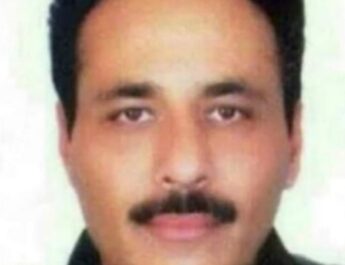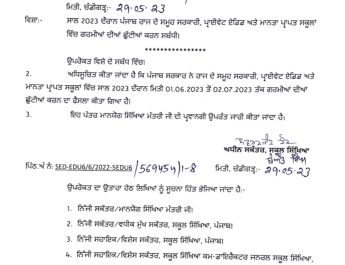From Our Bureau
NEW DELHI: On the third day of the 5-judge Constitution bench hearing the petitions against the EWS (economically weaker sections) reservation through Article 103 amendment in the Constitution, presiding Chief Justice of of India Uday Umesh Lalit, welcomed senior advocate Gopal Sankaranarayan, noting that nobody had come against EWS from the forward community.
His remark came when Sankaranarayan told the Court that he represents the Youth for Equality, an independent group, which is primarily against the caste-based reservation. He said EWS is not an alien concept to be frowned down. His first caveat was that the amendment gives the existing reservations a permanent foothold which was not the intention of the Constitution to continue till those deprived come up to the rest of the society.
He told the court that when it framed three issues dealing with the basic structure, the task of the petitioner is to point out what is being violated and second what is being violated as part of the basic structure. Third, the effort to undo final judgments as every single time those steps have been taken, challenges have come. “In my view, Indira Sawhney judgment is no longer relevant because once a constitutional amendment undoes the judgement, we go forward from there.”
Describing Rs. 8 lakh income ceiling fixed for availing reservation under EWS category as “outrageous”, the Supreme court was told that the targeted sections were not a homogenous group but individual centric whose economic disadvantage is situational and changes with circumstances.
Assailing the EWS reservation for excluding similarly pleaded economically weaker sections among SC/ST and the OBC, the Constitution Bench was told that out of 37.1 crore people living below the poverty line, only 5.8% belonged to forward classes.
The top court is hearing a batch of petitions challenging the constitutional validity of the Constitution’s 103rd amendment that paved the way for 10% reservation to the forward classes.
Sankaranarayan noted two or three attempts to undo Indira Sawhney. “When the Constitution was framed, only actual reservation was for SCs and STs ub Oarkuanebt and separately, a small portion for the Anglo Indians….For education, etc. reservations came later. The 104th amendment increased it to 80 years for SCs and STs.
His argument was to establish that 50% ceiling limit is a part of the basic structure. He largely relied on Nagaraj and second on the 1953 judgment of the top court. “If 103 judges of this court cement something down in no uncertain terms in a singular voice, perhaps that has reason to be understood as essence at the heart of the quality code,” he said stressed that everything has to be accommodated in 50% ceiling, but this amendment does not give leeway to State to remove the reservations.
The senior lawyer noted that the Constitution today says “in addition to existing reservations” nd it causes limit to go beyond 50%. He said several states have crossed 50%. He said the idea is that 50% cannot be crossed and that is a basic feature norm.
Even while he was arguing, the court took time to discuss how much more time the hearing would take. On more lawyers seeking to submit for the petitioners, Justice Bhat asked: Where do we draw the line? 11 counsels will appear and then 11 more will appear. He suggested that some can give written submissions to complete the hearing fast.
The court rose after the CJI noted that the court’s estimate was 3 hours in petitioners and 9 hours between respondents and so 3-4 more days?
The judges on the Constitution Bench hearing the EWS quota were: Justices Dinesh Maheshwari, S Ravindra Bhat, Bela M Trivedi and JB Pardiwala.
###





